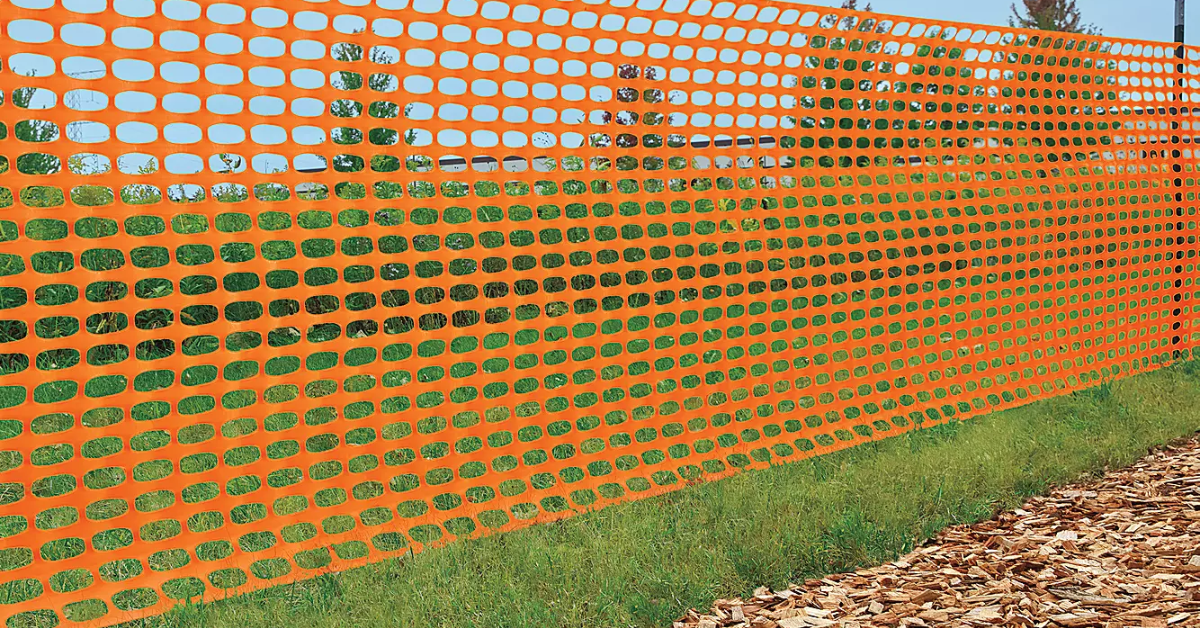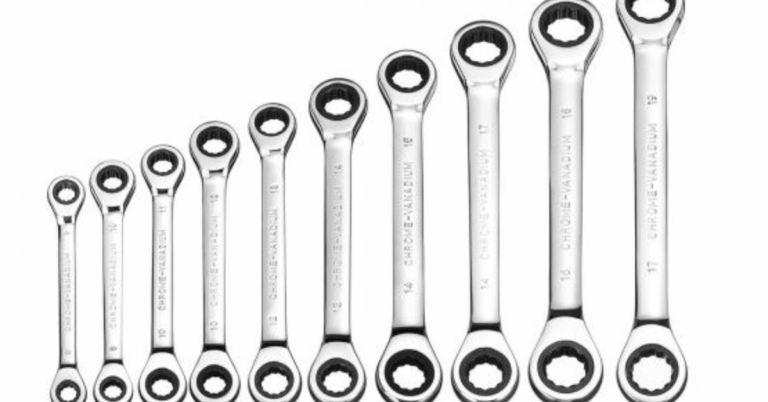The Crucial Role of Safety Fences: Ensuring Protection, Compliance & Peace of Mind
In bustling urban environments or large-scale industrial projects, Safety Fence stand as silent guardians—marking boundaries, preventing mishaps, and reinforcing order. Whether it’s a construction site in a dense city center or an event perimeter in a public venue, a properly designed safety fence does far more than cordon off a zone: it ensures that workers, the public, and assets remain protected. In Singapore, for instance, safety fence solutions have become integral in upholding safety standards across construction, infrastructure, and major events. The right safety fence is not just a barrier—it is a proactive component of risk management, crowd control, and regulatory compliance.
What Is a Safety Fence?
At its core, a safety fence is a physical barrier installed around areas deemed hazardous, under construction, or requiring restricted access. Unlike decorative or boundary fences, safety fences must meet stricter requirements:
-
Durability — withstand impacts, weather, wear and tear
-
Height & stability — tall enough to deter accidental entry, firmly anchored
-
Visibility — often highlighted with bright colors or warning signage
-
Anti-climb features — design elements to discourage scaling
-
Materials & finishes — corrosion-resistant, nonconductive where needed
These fences are employed in diverse settings: building sites, roadworks, factories, utility works, public events, and even in sensitive areas like power substations or airport perimeters.
Why Safety Fences Matter
1. Protection of Lives & Prevention of Accidents
Construction zones or industrial work areas often carry inherent hazards—open trenches, falling debris, machinery, electrical installations, and more. A safety fence acts as a first line of defense, deterring unauthorized entry and reducing the risk of accidental falls, collisions, or contact with dangerous equipment.
2. Segregation & Order
By clearly demarcating work zones, pedestrian paths, and restricted areas, safety fences help organize site logistics. This separation is vital especially in complex or high-traffic zones: workers, vehicles, equipment, and general traffic can co-exist more safely when boundaries are evident.
3. Regulatory Compliance & Liability Mitigation
Many jurisdictions enforce strict regulations concerning workplace safety, public protection, and site access. A compliant safety fence helps operators avoid legal penalties, project delays, or costly redesigns. In the event of an incident, documentation of proper safety fencing and procedures can influence liability assessment.
4. Security, Crowd Control & Aesthetics
Beyond safety, fences serve roles in preventing theft, vandalism, or unauthorized access. During large-scale events — festivals, exhibitions, motorsports — safety fences guide crowd flow, control ingress/egress, and contribute to orderly movement. A well-constructed fence can also be designed to look professional, maintaining aesthetic harmony with the surroundings.
5. Public Confidence & Reputation
In public-facing projects, seeing robust safety fencing gives stakeholders, passersby, and clients confidence that the site is well-managed and risk-aware. Poor or makeshift fences may project a lack of care and invite criticism or public concern.
Types & Materials of Safety Fences
Choosing the appropriate type of safety fence depends on the environment, hazard level, regulatory norms, budget, and duration of use. Below are common kinds of safety fences and materials:
Metal Safety Fencing
Often made from steel or galvanized iron, metal fences are sturdy, once installed provide structural strength, and are useful for medium- to long-term deployments. They may feature welded mesh panels, vertical bars, or expanded-metal sheets. Proper surface treatment (galvanizing or powder coating) ensures resistance to rust and corrosion, especially in humid or coastal environments.
PVC Safety Fencing
PVC or plastic-based safety fences are lightweight, affordable, and easy to install. Although not as robust as metal, they suit temporary works or less hazardous zones. Their bright coloring (often safety orange or yellow) ensures visibility. Because PVC is nonconductive, it’s suitable near electrical installations or in environments sensitive to conductive materials.
Temporary Barrier Fencing / Mesh Fencing
Flexible mesh (sometimes made of high-density polyethylene) is common for short-term or temporary worksites—roadworks, landscaping, festivals. Its ease of deployment makes it popular for changing site layouts but it offers less structural resistance to force or impact.
Anti-Climb Fencing & Security Enhancements
Where intrusion is a concern, fences incorporate anti-climbing designs: rounded tops, vertical bars spaced to prevent footholds, inward-leaning sections, or additional overlays (e.g. wire coils, mesh infill). For higher security, fences may be combined with CCTV, motion sensors, or lighting.
Custom & Modular Systems
Modern safety fence systems are modular—allowing quick reconfiguration, panel reuse, and site adaptability. Modular fences often come with standard dimensions, interlocking connectors, and optional gates or signage.
Key Considerations When Selecting a Safety Fence
Choosing the “right” safety fence involves more than picking a panel and sticking it in the ground. Consider the following:
1. Regulatory & Local Code Compliance
Before installation, review local safety regulations or standards which may dictate minimum height, structural load capacity, required spacing, signage needs, and installation practices. Noncompliance can lead to fines or work stoppages.
2. Site Conditions & Terrain
Uneven ground, slopes, loose soil, proximity to roads, drainage paths, and wind loads all influence fence design. Anchoring systems differ for concrete, soil, asphalt, or soft ground. In windy or flood-prone areas, fences may need ballast or deeper footing.
3. Duration & Mobility
Is this a temporary project or a long-term installation? Temporary projects favor lightweight, modular, repositionable fences; permanent installations lean toward heavy-duty metal with stable foundations.
4. Safety & Security Needs
How high is the risk of unauthorized entry or vandalism? Are sensitive assets nearby? Calibrate your choice of link mesh, panel thickness, anti-climb features, or even alarm integration based on the level of security required.
5. Visibility & Signage
Safety fences often carry warning signs, reflective tape, or high-contrast coloring. Visibility from a distance is crucial, especially in low-light or inclement weather. Transparent mesh designs or perforated panels can maintain sightlines while still serving as barriers.
6. Maintenance, Lifespan & Cost
Metal fences require rust-proof coatings or periodic repainting. PVC or plastic fences may degrade under UV exposure or harsh chemicals. Factor in lifecycle costs—initial purchase, installation, maintenance, and eventual replacement.
7. Customization & Aesthetics
In public-facing projects, fences may need to blend with surrounding architecture or branding. Some systems allow custom cladding, color matching, or modular screen panels to soften the visual impact without compromising safety.
Best Practices in Safety Fence Installation & Use
To maximize effectiveness, a safety fence must be installed, maintained, and used properly. Below are best practices derived from industry standards and safety guidelines:
Pre-Installation Assessment
-
Conduct a site survey to account for terrain, drainage, traffic patterns, and utility lines.
-
Mark out high-risk zones, pedestrian paths, and equipment corridors.
-
Measure and plan fencing routes, gate locations, and auxiliary supports.
Solid Anchoring & Foundations
-
Use strong anchor points—bolts, concrete footings, weighted bases—as appropriate to soil type and expected loads.
-
Double-check alignment, plumb, and even spacing between supports to avoid gaps.
Proper Panel Connection & Overlaps
-
Connect panels securely using standardized couplers, bolts, or clamps. Avoid loose, wobbly joints.
-
Overlap mesh or fence edges where necessary to prohibit slip-through access points.
Gate & Access Controls
-
Provide clearly marked gates for authorized entry. These should be lockable, wide enough for equipment, and placed in logical positions.
-
Where foot traffic is expected, install pedestrian gates; for vehicles or machinery, use heavy-duty sliding or swing gates.
Signage & Markings
-
Display warning signs (e.g., “Danger,” “Authorized Personnel Only,” “Hard Hats Required”) at intervals.
-
Use high-visibility tape, reflective strips, or lighting to keep fences visible at night or in fog.
Routine Inspections & Maintenance
-
Inspect fence integrity daily or weekly: check for dislodged parts, corrosion, bent sections, or unauthorized tampering.
-
Promptly repair or replace any damaged panels.
-
Clean surfaces and reapply protective coatings as needed.
Temporary Reconfiguration & Flexibility
-
For projects with shifting boundaries, use modular or portable fencing systems that allow repositioning without full dismantling.
-
Keep spare panels and connectors on hand for quick deployment or emergency repair.
Safety Policy & Training
-
Ensure that all workers and site personnel understand the purpose, limitations, and proper handling of safety fences.
-
Train staff in safe installation, gland tightening, panel removal, and emergency exit procedures.
Use Cases: Where Safety Fences Shine
Construction & Civil Engineering
Perhaps the most frequent use, safety fences surround excavation zones, scaffolding areas, crane operations, and demolition sites. They prevent unintended access and reduce liability in dynamic project environments.
Roadworks & Utilities
On highways or city streets, fences cordon off repairing zones, protect workers from traffic, and guide vehicles and pedestrians safely around active works.
Events, Exhibitions & Crowd Control
Safety fences delineate restricted zones, backstage areas, performer enclosures, or spectator zones. They enable orderly flow and prevent overcrowding in sensitive spaces.
Industrial Facilities & Warehouses
In factories, power plants, or warehousing complexes, fences can separate high-voltage equipment, moving machinery, or hazardous materials zones from general operational areas.
Transport Hubs & Airports
Safety fencing helps secure perimeter areas, restrict access to runways, and protect against trespassers in sensitive zones.
Public Infrastructure & Parks
For infrastructure repairs in public parks or sidewalks, safety fences maintain pedestrian safety while work is underway.
Challenges & Common Pitfalls
Poor Ground Conditions
Unstable soil, flooding, or erosion can weaken fence anchoring and result in leaning or collapse if not properly engineered.
Neglect of Maintenance
Rusted bolts, worn mesh, or loose connectors can degrade overall integrity. Fences often fail not from impact but from cumulative wear.
Inadequate Height or Design
Underestimating the required height or omitting anti-climb features makes fences less effective at deterring determined intruders.
Overlooking Visibility
Fences that blend into the background or are hidden in low light can be hazards themselves (people tripping over bases, misjudging end points).
Ignoring Site Dynamics
Changing work zones, shifting load areas, or re-routing traffic without adapting fence layout can confuse users and erode safety.
Poorly Planned Gate Placement
If gates are too few, too narrow, or in awkward locations, they can cause traffic congestion, improper usage, or forced bypassing of fences—a safety risk.
Future Trends & Innovations
-
Smart Fencing & IoT Integration
Embedded sensors can detect impacts, unauthorized attempts to breach, or structural stress. Alerts could be sent to site controllers in real time. -
Modular & Lightweight Composite Materials
Advances in composite materials may yield fences that combine strength, low weight, modularity, and weather resistance. -
Aesthetic & Branding Elements
Fences will increasingly serve as canvases for digital printing, branding, or “green” elements (vertical planters, screens) to soften the visual impact. -
Rapid Deploy & Collapsible Systems
In emergencies or fast-moving projects, fences could fold, retract or expand quickly for rapid setup or removal. -
Sustainable & Recyclable Designs
Emphasis on reusability, recyclable materials, and minimal waste in lifespan planning.
Conclusion
Safety fences are unsung yet indispensable components of modern construction, industrial operations, and public event management. Far more than a physical barrier, they embody a philosophy: that proactive risk mitigation, regulatory compliance, and human-centric design matter. By selecting the right materials, adhering to best practices, and integrating advanced technologies, safety fences not only protect lives and assets but also enable smoother projects, better public perception, and enhanced operational confidence. Whether you manage a construction site, plan an international event, or safeguard industrial infrastructure, investing in quality safety fences is an investment in resilience, trust, and success.







